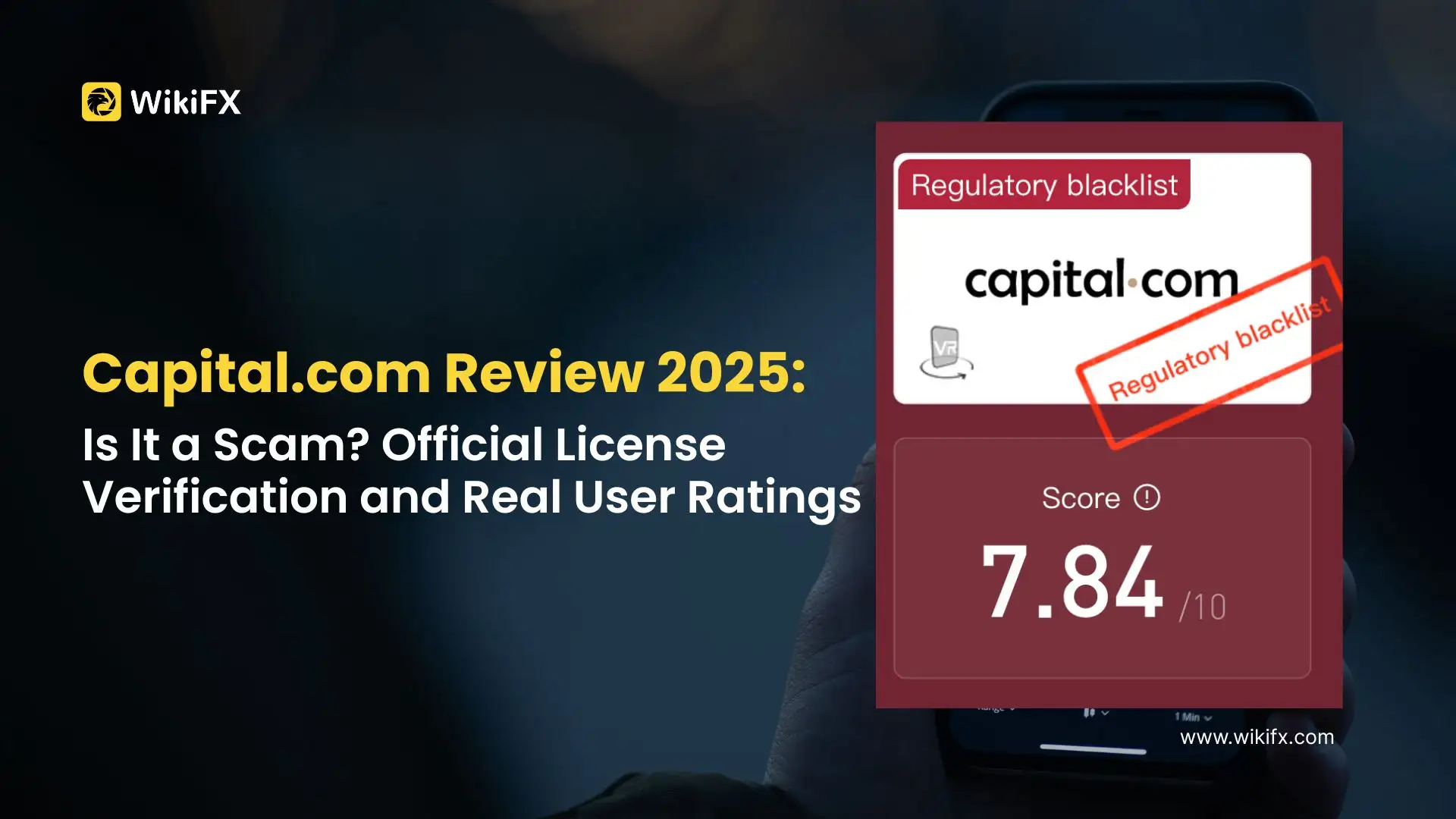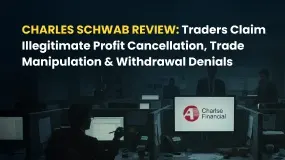简体中文
繁體中文
English
Pусский
日本語
ภาษาไทย
Tiếng Việt
Bahasa Indonesia
Español
हिन्दी
Filippiiniläinen
Français
Deutsch
Português
Türkçe
한국어
العربية
Shares slip, dollar firms on recession concerns
Abstract:Asian shares got off to a rocky start on Monday while the dollar remained in demand amid concerns most major central banks are committed to raising interest rates no matter the risks to growth.

U.S. shares fell sharply and the dollar surged on Monday as fears mounted that central bank efforts to tame rising consumer prices with inflation-busting interest-rate hikes will weaken the global economy and lead to a recession.
Earlier in Europe the benchmark STOXX index for regional shares closed down 1% after Russias Gazprom said it would halt natural gas supplies to Europe for three days at the end of the month.
Oil at first fell 4% as traders bet a slowdown would dent demand. But the latest disruption to energy supplies in Europe heightened concerns about the continents economic outlook after hawkish signals from European Central Bank policymakers. Russian natural gas supplies to Europe are down around 75% year on year.
A closely monitored recession signal – the inversion of the U.S. Treasuries‘ yield curve – widened as the market braced for remarks on Friday from Federal Reserve Chair Jerome Powell, who will discuss at Jackson Hole, Wyoming, the Fed’s mission to lower inflation.
The dollar strengthened, knocking the euro below parity at 0.9944 and pushing the Canadian dollar to breach 1.30 against the greenback. The strong dollar led gold prices to fall to their lowest level in nearly four weeks.
“Ahead of Jackson Hole the dollar is going to remain relatively firm, even though its overextended,” said Marc Chandler, chief market strategist at Bannockburn Global Forex.
Despite a quick shift toward a more hawkish view of the Fed, “the market has this habit of reading Powell to be dovish. So I see the risk of ‘buy the rumor,’ – the rumor of a hawkish Fed – and then sell it on the fact,'” he said.
Fed funds futures are now pricing in a 54.5% chance of a 75 basis-point hike by the Fed in September, instead of the greater probability of a 50 basis-point hike as the market had expected going into the weekend.
A Reuters poll of economists taken Aug. 16-19 forecast the Fed will raise rates by 50 basis points in September, with the risks skewed toward a higher peak.
The Treasury yield curve measuring the gap between yields on two- and 10-year notes inverted to -29.7 basis points after easing a bit last week in a sign recession bets have increased.
“The inverted yield curve is signaling a massive ‘recession’ is upon us,” said Tom di Galoma, managing director at Seaport Global Holdings, in a note to investors. “Yield curve inversions are great predictors of recessions.”
The Dow Jones Industrial Average closed down 1.91%, the S&P 500 lost 2.14% and the Nasdaq Composite fell 2.55% as all 11 of the major S&P 500 sectors slid.
Declining shares outnumbered those advancing by a more than 5:1 ratio on the New York Stock Exchange.
The S&P 500 has repeatedly failed to clear its 200-day moving average around 4,320, a sign it would be pulling out of a bear market.
The 10-year note rose 4 basis points in price to yield 3.0294%. [US/]
One exception to the tightening trend is China, where the central bank trimmed some key lending rates by between 5 and 15 basis points on Monday in a bid to support a slowing economy and a stressed housing sector.
Unease over Chinas economy tipped the yuan to a 23-month low, while pressuring stocks across the region.
MSCIs broadest index of Asia-Pacific shares outside Japan fell 0.97%, while its U.S.-centric index of shares across the globe slid 1.8%.
Germanys 10-year bond yield set a fresh four- week high of 1.314% as a key gauge of long-term euro zone inflation expectations hit a more than two-month high of 2.207%.
The ECB must keep raising rates even if a recession in Germany is increasingly likely, as inflation will stay uncomfortably high all through 2023, Bundesbank President Joachim Nagel said over the weekend.
Oil prices bounced off session lows to trade nearly flat in a volatile session after Saudi Arabias energy minister said the Organization of the Petroleum Exporting Countries and its allies could cut production to confront market challenges.
U.S. crude futures fell 54 cents to settle at $90.23 a barrel, while Brent settled down 24 cents at $96.48.
U.S. gold futures fell 0.8% to settle at $1,748.40 an ounce.
Bitcoin was 1.94% lower at $21,096, weighed down by broad risk aversion in markets.

Disclaimer:
The views in this article only represent the author's personal views, and do not constitute investment advice on this platform. This platform does not guarantee the accuracy, completeness and timeliness of the information in the article, and will not be liable for any loss caused by the use of or reliance on the information in the article.
Read more

WikiEXPO Dubai 2025 “Welcome Party” Kicks Off Tonight!
In anticipation of the upcoming WikiEXPO Dubai 2025, the WikiEXPO Organizing Committee has specially arranged a high-end social gathering—the “Welcome Party”. The event will be grandly held on the evening of Monday, Nov 10, on the 6th Floor, Conrad Dubai, UAE.

Capital.com Review 2025: Is It a Scam? Official License Verification and Real User Ratings
Is Capital.com truly safe in 2025? Explore its global licenses, on-site verifications, user complaints, pros & cons, and key risks in one objective review.

Charles Schwab Review: Traders Claim Illegitimate Profit Cancellation, Trade Manipulation & More
Have you been lured into the Charles Schwab app for trading on the back of outrageous profit claims by the broker? Did you fail to receive any of these? Does the broker deny withdrawals every time you request and cancel your forex trading account? Have you been victimized financially by its trade manipulation? Act before you are left with a NIL balance in your account. Many traders have questioned Charles Schwab customer service and many other operational executives for the aforementioned illegitimate trading activities. In this Charles Schwab review article, we have shared some of their comments. Read on!

AMP Futures Exposed: Traders Raise Alarms Over Illegitimate Account Blocks & Bad Customer Service
Has AMP Futures blocked your forex trading account? Does it fail to provide any explanation for this act? Do you face issues concerning deposits to your AMP Futures account? Is the customer service non-existent for any trading query you raise with it? You are not alone! Many traders have been facing these issues upon AMP Futures login. Some of them have commented on AMP Futures review platforms. In this article, we have shared some reviews that you can look at. Read on!
WikiFX Broker
Latest News
BASF CEO: EU CO₂ Trading Is A "Destruction Mechanism" For European Industry
WikiEXPO Dubai 2025 “Welcome Party” Kicks Off Tonight!
Capital.com Review 2025: Is It a Scam? Official License Verification and Real User Ratings
From Zero Spread to Zero Balance: How Unlicensed Platforms Drain Investors Step by Step
Currency Calculator




